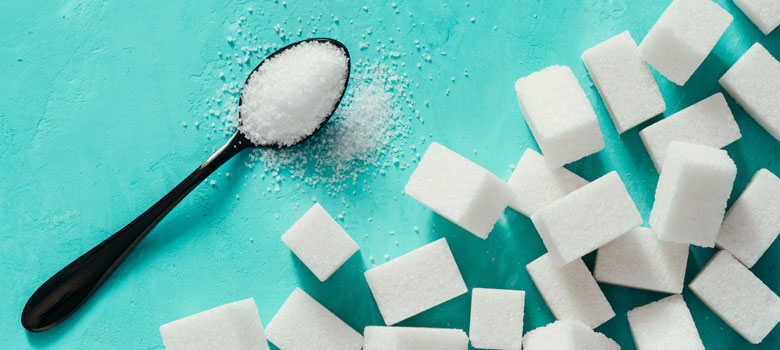
Wine
How much sugar is in wine?
In the world of wine, there’s long been a divide between those who ‘don’t know much about wine, but know what I like’, and those who dismiss sweeter drops as only ‘for the inexperienced wine drinker’, believing that more rarefied, dry wines are representative of a grape’s true character.
What such attitudes overlook is that many world-class dry and semi-dry wines carry an intrinsic natural richness attributable to their residual sugar – and that a growing number of collectors are recognising the consistency and quality of well-crafted sweet wines as indicators of a quality vineyard and a winemaker’s skill.
Where does the sugar in wine come from?
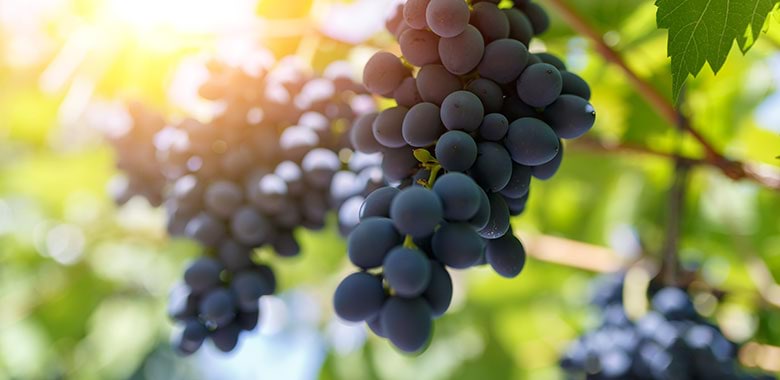
Residual sugars primarily emerge from fruit sugars in the wine grapes themselves: sucrose, fructose and glucose. These are vital ingredients in the process of alcoholic fermentation, and typically determine how sweet or dry the wine that reaches your table will be.
As wine is being made, yeast will consume these fruit sugars to produce the ethanol that gives wine its alcohol content. If all the sugars are consumed in the process, a dry wine is the result.
After fermentation has finished, the natural grape sugars left over in a wine are known as Residual Sugars, and are measured in grams per litre (g/L). They vary greatly across different types of wine. As a rule, the riper the grapes, the more sugar there is to metabolise – and the higher the potential alcohol content.
How much sugar is in red, white, sparkling wine?
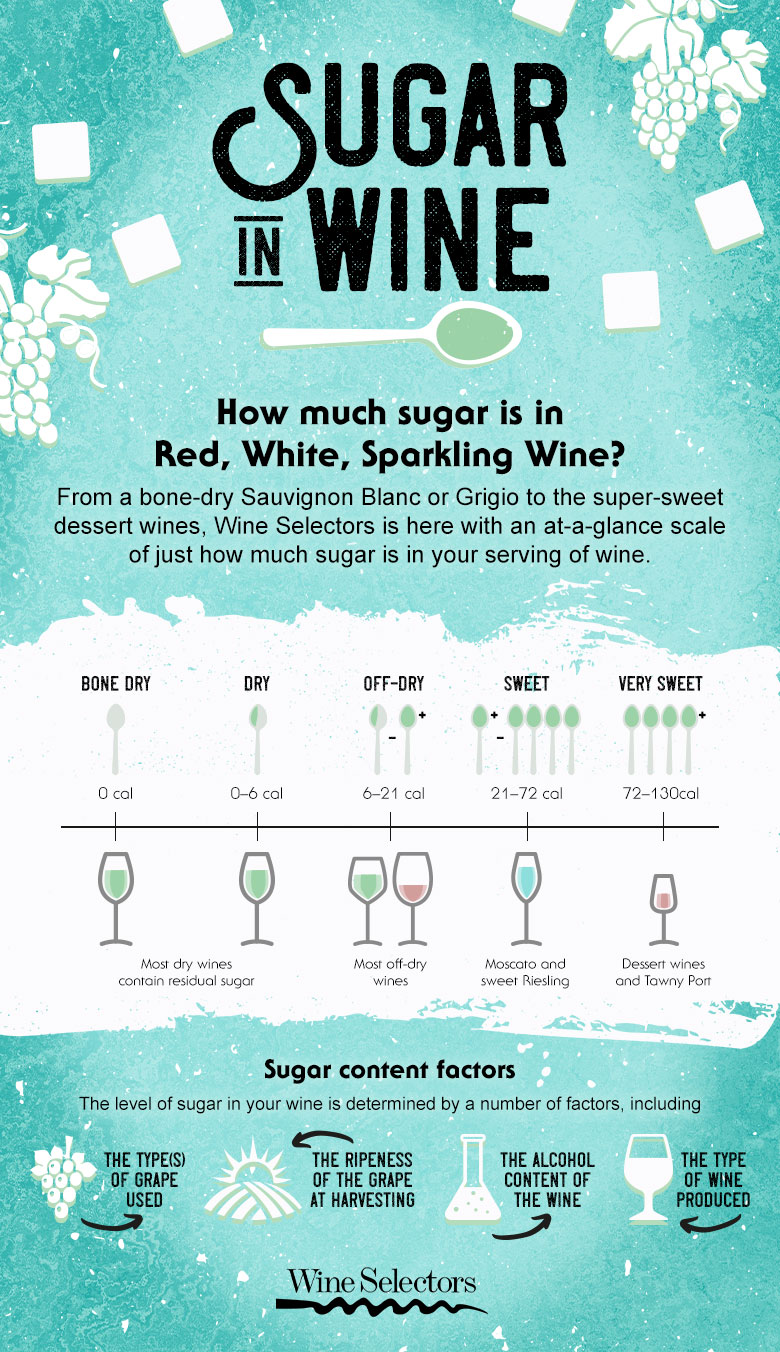
From a bone-dry Sauvignon Blanc or Grigio to the super-sweet dessert wines, Wine Selectors is here with an at-a-glance scale of just how much sugar is in your serving of wine.
Sugar content factors
The level of sugar in your wine is determined by a number of factors, including:
The type(s) of grape used;
The ripeness of the grape at harvesting;
The alcohol content of the wine; and
The type of wine produced.
Artificial sweetener or natural flavour?
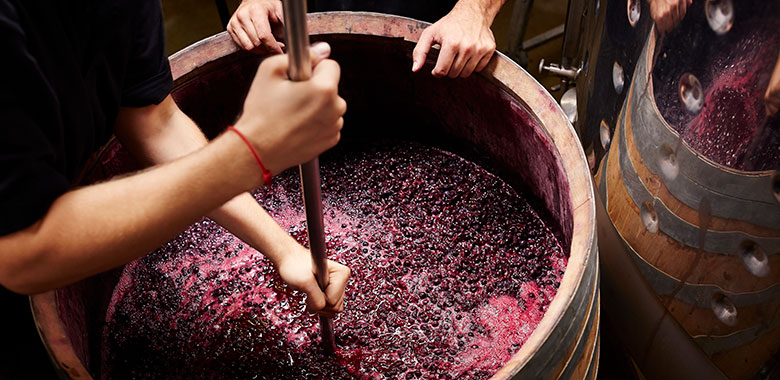
Naturally sweet wines occur when the yeast is prevented from consuming the sugar content, most often by chilling or filtering the fermentation, or when there is too much sugar for the yeast to consume.
At the bottom end of the market, wine producers may add sugar or grape concentrate in order to mask the lower quality ingredients present in their wines.
There is another reason winemakers might add sugar however. And it plays a big role in the creation of some of the country’s favourite celebratory drinks.
Bringing a sparkle to your glass

For sparkling wines, which are naturally dry, the dosage of residual sugar plays a crucial role bin achieving a balanced acidity. Sugar may also be added to encourage secondary or bottle fermentation to produce carbon dioxide – ordinarily released during regular fermentation -to create the ‘bubbly’ aspect so beloved of many wine drinkers.
Ultimately, whatever the wine, residual sugars are an essential by-product of their composition. As you might expect, it’s all a delicate balancing act of acidity and sweetness; many sweet wines can actually taste dry due to higher acidity, while a dry wine can taste sweet if it has a higher alcohol level.
Getting that balance right is the key to a great wine experience.
What’s the difference between dry, sweet and semi-sweet wines?
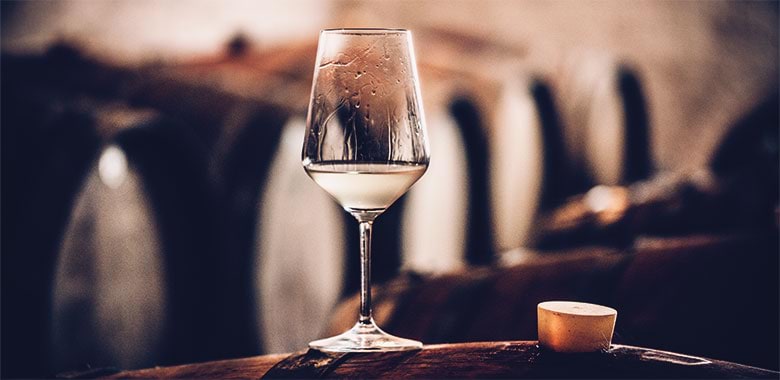
These terms simply refer to how much residual sugar is in a wine. Dry wines have had all or almost all their sugar converted to alcohol during fermentation. Sweet wines typically retain high levels of their residual sugar - as much as 230g/L in some instances. Semi-sweet wines, however, have a mildly perceptible sweetness, with moderate levels of residual sugar from around 12g/L and up.
A few facts about sweet wines
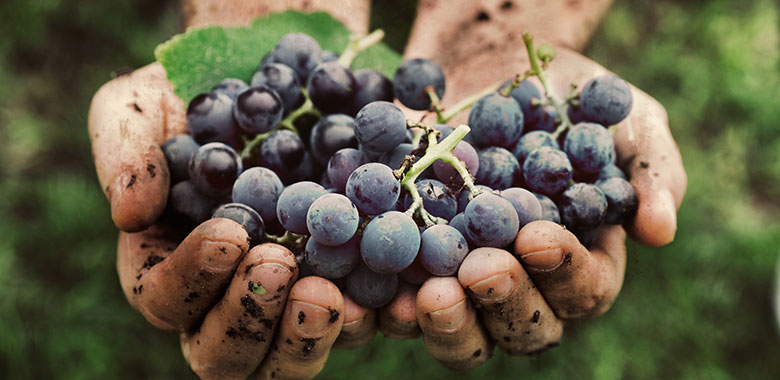
For the sweetest wine, the Ancient Romans would harvest the grapes as late as possible, while the Greeks would harvest early, preserving acidity, before leaving them in the sun to shrivel, thereby concentrating the sugar.
There are a variety of techniques for establishing the approximate sugar content of wines:
Clinitest® method A rapid test kit method with minimal requirements.
Reaction/Titration A more involved approach requiring flasks and flame-burners.
Enzymatic Assay A dilution kit method utilising a UV spectrophotometer
High Performance Liquid Chromatography Also known as HPLC, a high-performance technique known for its precision, speed and cost.
Some of the world’s most highly-regarded wines are sweet, such as German late-harvest Rieslings. Sweet wines also have an ability to match food that can’t always be found in dry wines.
Sweet or dry, explore the diverse flavours of wine
If there’s one thing that differing views on residual sugars reveals, it’s that wine-making is as diverse – and even divisive – as ever!
At Wine Selectors, we believe the world is big enough to accommodate a huge diversity of tastes and preferences, which is why our mixed selections continue to prove so popular. So whether your go-to is a dry red or a sweet, sweet white, we have something that will make your palate sing.
Explore our range for yourself at our Wine Shop, or continue learning about the endlessly fascinating character of wine with more articles in our Wine 101 series. And if you have any questions, make sure to get in touch!